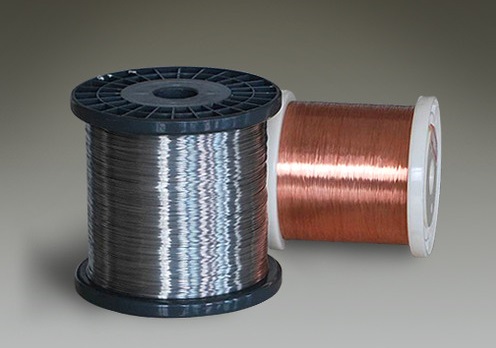Copper is used for masts of wooden ships due to its special relationship with electricity in the early 19th century.Today, we might be more used to seeing copper’s electrical applications through the use of power lines, telephone wires, and wiring in practically every major home appliance. So do with the battery-powered vehicles.

Copper is a crucial component to vehicle manufacturers. As it is nearly as conductive as silver, but comes at a fraction of the cost, making it by far the cheapest option for electrical wire. Meanwhile, copper can easily be shaped into wire, which is important for most electrical applications. It’s also notable that temperature does not affect copper’s conductivity, which makes the metal ideal for automobiles in all climates.
An electric motor is built with copper, steel, and permanent magnets (rare earths). Electric motors tend to be much simpler than gas-powered engines, which have hundreds of moving parts. Incredibly, in an electric motor, there can be more than a mile of copper wiring inside the stator. Along the scale from gas-powered cars to fully electrical vehicles, copper use increases dramatically.

With the rapidly increasing adoption of electric vehicles, copper will be an essential material for the coming electrification of all forms of ground transport. The more electric, the more copper. Conventional gas-powered cars contain 18 to 49 lbs. of copper while a battery-powered EV contains 183 lbs. Meanwhile, for a fully electrical bus, a whopping 814 lbs. of copper is needed.
Copper is at the heart of the electric vehicle and the world will need more. By 2027, copper demand stemming from EVs is expected to increase by 1.7 million tonnes, which is a number close to China’s entire copper production in 2017.
Attend exhibitions, focus on industry devolpment trend and new technology,Nexteck Technology Limited keeps pace with the times ,exploring and innovating so as to achieving continuous development.
TAG: copper electrical wire




